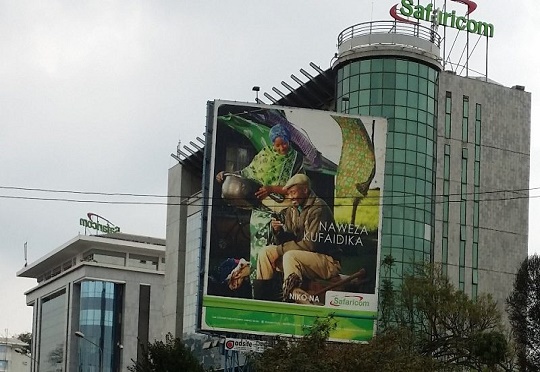Enhancing South Africa’s socio-economic inclusion through increasing equitable access to the country’s tertiary institutions in a weak economic environment will require comprehensively improving the country’s post school education and training system, according to a World Bank report.
The twelfth Economic Update for South Africa predicts the country’s growth to accelerate to 1.3% in 2019 and 1.7% in 2020, driven by the implementation of the structural reforms announced in 2018.
The report suggests that for South Africa to grow sustainably faster, it needs to address its skills gap that perpetuates inequality and fuels policy uncertainty.
This would require enrolling more students in the Post School Education and Training (PSET) sector, raising graduation rates and improving the relevance of skills specific to the needs of the labor market, according to the report.
“The importance of acquiring skills to enable South African’s youth to find jobs and earn higher wages thereby alleviating poverty, income inequality and joblessness, makes the policy to enroll more students in tertiary institutions a must, but in an environment of weak growth this is a challenging proposition which requires making some difficult trade-offs,” said Paul Noumba Um, World Bank Country Director.
Simulations done for this report highlight the mixed impact of the new financial scheme for implementing the free higher education policy has on inequality, as well as its high macroeconomic cost, making it unlikely for South Africa to meet its national goals of doubling PSET enrollments by 2030.
The report argues that South Africa will have to make trade-offs between allocating budgetary resources to support more students to enroll in tertiary institutions on one hand, and expanding tertiary admissions capacity and improving the quality of education on the other to meet this goal.
“Our analysis shows that spreading enrollment growth across a variety of PSET institutions and delivery modalities both public and private can achieve higher enrollments in a financially manageable way from a public resources perspective,” says World Bank Program Leader, Sebastien Dessus. “Non-university institutions such as TVET, community colleges, and distance education institutions usually have lower per-student costs than universities, especially research-intensive ones”.
The report submits that comprehensively improving the PSET system by strengthening the quality of education in TVET, community colleges distant education institutions and historically disadvantaged universities will increase enrollment and expand admission capacity in a sustainable manner.
It points to international experience which shows that countries that face acute public resource constraints cannot achieve rapid growth in enrollment by following the traditional model of building and funding new public universities with budgetary resources.
The report offers internationally tested policy options that have sustainably increased PSET enrollments through diversifying the PSET sector from a mostly government funded-university centric model, encouraging private sector participation through the adoption of simpler accreditation rules similar to that for public institutions, strengthening quality assurance mechanisms, improving resource mobilization and ensuring greater equity in supporting students.


